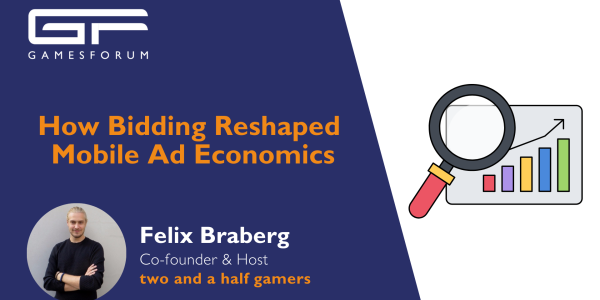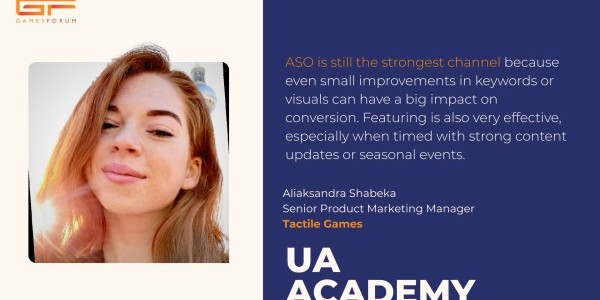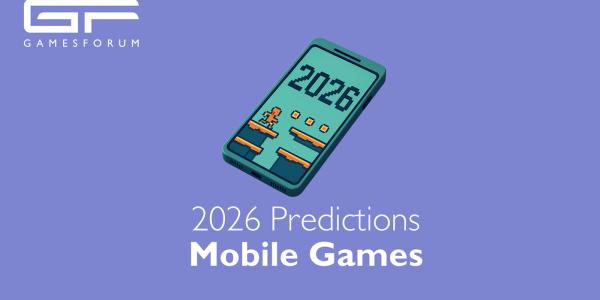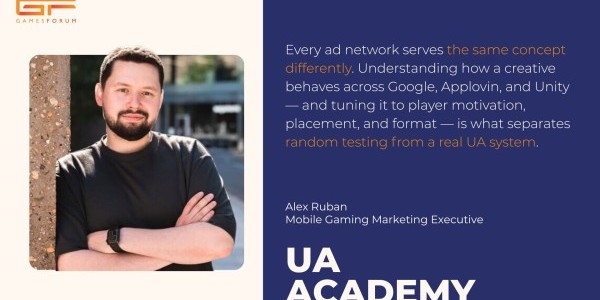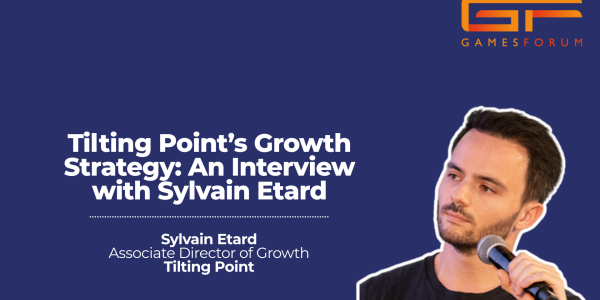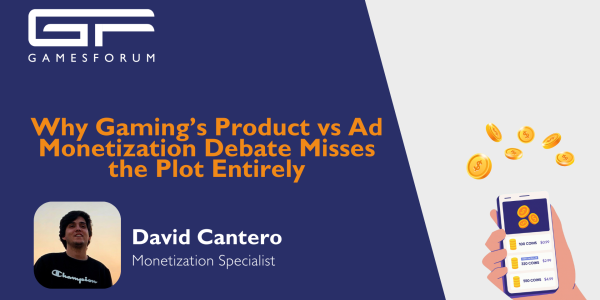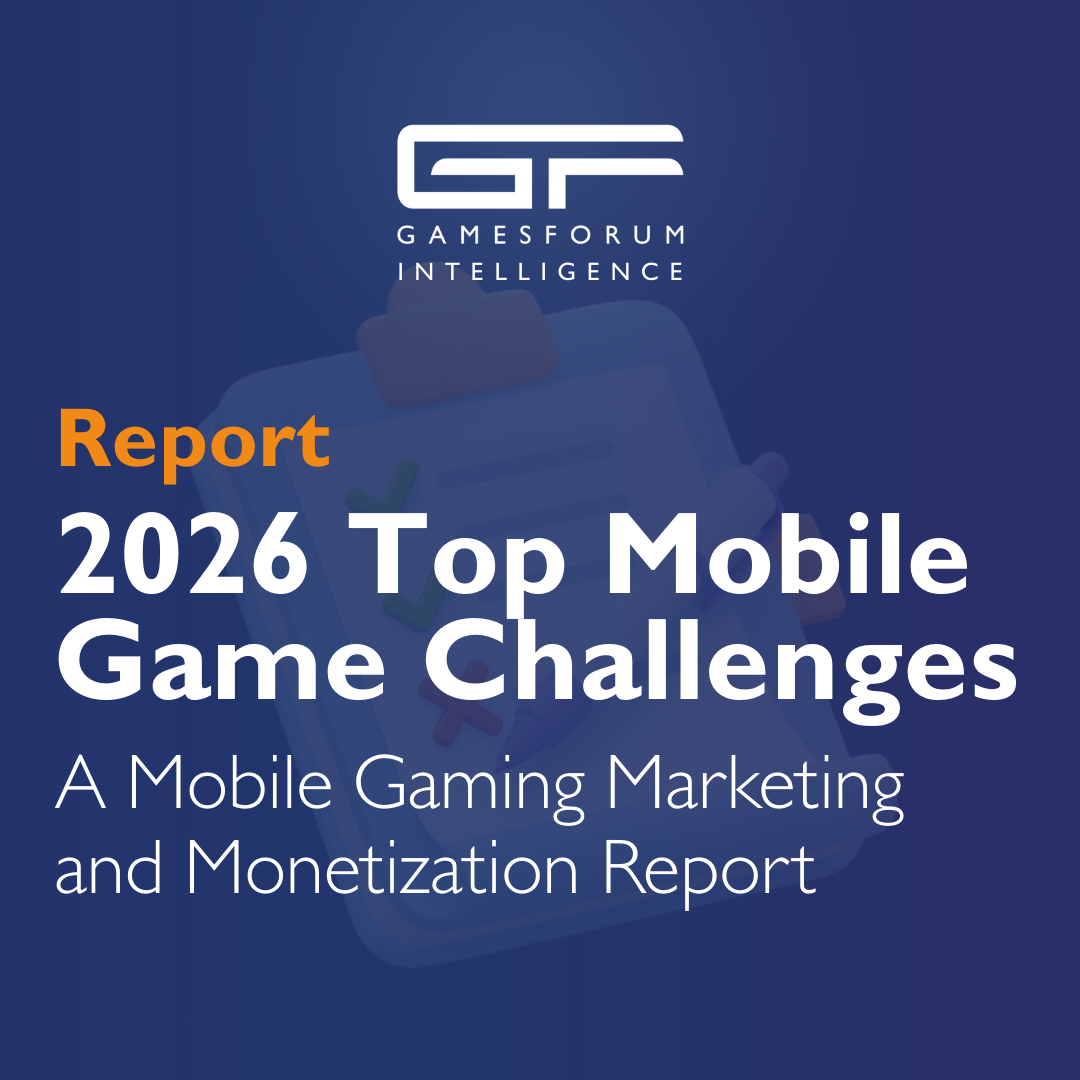Community Spotlight: Dataseat’s David Philippson

We sat down with CEO & Co-founder of Dataseat, David Philippson, to delve into the evolving landscape of mobile gaming. Philippson sheds light on the significant shifts in user acquisition and monetization strategies, the intricate challenges brought about by recent privacy regulations, and the innovative ways Dataseat is navigating these changes. He highlights how Apple's ATT framework has complicated iOS user acquisition and monetization, and discusses the implications of Apple’s privacy-first initiatives like SKAdNetwork (SKAN) and AdAttributionKit. With a focus on transparency and contextual targeting, Philippson offers insights into how Dataseat is pioneering a new era of mobile advertising, emphasizing the balance between privacy and performance in an industry driven by rapid technological advancements and evolving privacy norms.
How has the landscape of mobile gaming evolved over the past few years, particularly in terms of user acquisition and monetisation strategies?
At a high level, ATT has made iOS UA & monetization harder. We have seen CPIs increase and CPMs for monetizing decrease.
Other observations: TikTok has joined the ranks of Meta & Google as being one of the top networks for the volume and performance for mobile games. Applovin’s bold strategy of acquiring and shuttering Mopub has appeared to pay dividends as they continue to dominate mediation which benefits both their demand and supply side propositions and performance. Meta took an immediate hit post-ATT, as they struggled with SKAN-only campaigns. Now Meta has changed route, seemingly ignoring the fingerprint ban and asking all advertisers to use Aggregate event measurement via the MMPs, which allows them to “model” performance (aka fingerprinting).
The status quo is a weird one and isn’t good for industry players (ex. the MMPs). If Apple continues to present consumers with the ATT prompt whilst at the same time turning a blind eye to fingerprinting with zero enforcement, at some point consumers will figure out that Apple’s stance on privacy is nothing more than a meaningless headline.
However, Apple keeps investing in its privacy-first measurement framework (SKAN and now AdAttributionKit). Publishers have been eager to adopt SKAN and as a result, we saw that 94% of programmatic ad inventory was SKAN-enabled at the beginning of this year. The adoption among advertisers is lagging behind compared to the supply side. App developers and marketers are wary of the complexity of the SKAN/AdKit setup and the scarcity of signals implied by SKAN’s crowd anonymity.
On the positive side: SKAN has increased transparency for advertisers where they now see publishers that were serving their adverts, whilst in the past many ad networks kept this obfuscated. Furthermore, AdKit now offers advertisers multitouch and view-through measurement for all networks including SRNs, as well as accurate re-download measurement.
What are the key challenges that mobile gaming companies face today in terms of data privacy and user tracking?
The existence of a privacy-first tracking solution on the one hand, and its intrinsic limitations on the other hand, necessitate tough choices for advertisers. Individual user tracking and LTV measurement are made impossible with SKAN/AdKit. Individual user tracking and LTV is possible with probabilistic but it is almost guaranteed to include false negatives and false positives. So it comes down to choosing the lesser of two evils.
How does Dataseat leverage programmatic advertising to improve user acquisition and retention for mobile games?
Dataseat is the contextual mobile DSP. Dr. Paul Hayton and I founded Dataseat in order to address the privacy-first future of mobile advertising, and the team learned to achieve great campaign performance without relying on any IDs.
Can you discuss the impact of recent changes in mobile operating systems, like iOS 14.5’s App Tracking Transparency on the mobile gaming industry?
Since ATT reliance on probabilistic attribution has increased significantly. That was understandable when we had the limited functionality of SKAN 2. But since we have SKAN 4.0 (and now AdKit), more and more advertisers are beginning to embrace SKAN-only campaigns.
From an optimization perspective this is important, as the false negatives and false positives associated with probabilistic methods present real problems for optimization algorithms. Optimizing to incorrect signals inevitably leads to worse results.
There are further inherent inefficiencies introduced to iOS that didn't exist before. Advertisers and networks can no longer use device ID suppression lists. The bigger the app the more inefficiency this introduces. Also, large apps that were able to drive incremental ROAS from retargeting lapsed users are no longer able to run re-engagement campaigns at scale.
How do you see AI and machine learning shaping the future of mobile gaming marketing and user engagement?
GenAI has been on the rise since late 2022, and some of its most noticeable and top-of-mind applications in advertising are around generating creatives, but let’s not forget AI and Machine Learning in advertising are not new. ML models and autonomous auction bidding agents were rising years before GenAI. As hardware and cloud infrastructure keep advancing too, we will see more AI applications for building targeting audiences and segmenting them, making real-time decisions in the bidding process, ad fraud detection, and of course personalization of user ad experience.
Dataseat has a very strong AI and machine learning component and the Data Science team led by Dr. Matina Thomaidou, our VP of Data Science is making advancements with every lever of ad campaigns.
What are the most effective strategies for mobile game developers to maximise their return on ad spend?
Since iOS 14.5 and ATT, we have seen many advertisers refocus their strategy on Android. That doesn't work for all as iOS users still offer the highest LTV potential, particularly in high-GDP countries.
Turning back to iOS is not impossible as long as you embrace Apple’s privacy-preserving frameworks (AdAttributionKit or SKAN), invest in proper custom setup for source identifiers, and understand how to read SKAN data.
Apple is giving us a way to get less granular but in many ways more reliable data to optimize campaigns. Getting rid of over-attribution and false negatives that come with probabilistic may have a significant impact on campaign optimization results.
How does Dataseat differentiate itself from other mobile marketing platforms in the gaming sector?
We describe ourselves as a trailblazer in the privacy-focused mobile ad landscape. Dataseat drives user acquisition, performance, and awareness without relying on device IDs. We are a contextual DSP, and privacy is in Dataseat’s DNA. Among the advantages that advertisers get with us are transparency (full visibility into their campaigns and where they run) and addressability (contextual targeting means that 100% of the audience is addressable, which is incomparable to approximately 30% of ATT-enabled audiences if relying on IDs).
Can you share some success stories where Dataseat significantly improved the performance metrics of a mobile gaming client?
One of the cases we’ve also discussed in our blog is bringing CPI 25% down for a mobile game running SKAN-only campaigns, thanks to applying machine learning techniques to campaign optimization.
This is a double win because alongside (over)achieving client KPIs we were the first to market to apply machine learning techniques to a SKAdNetwork-informed UA campaign.

